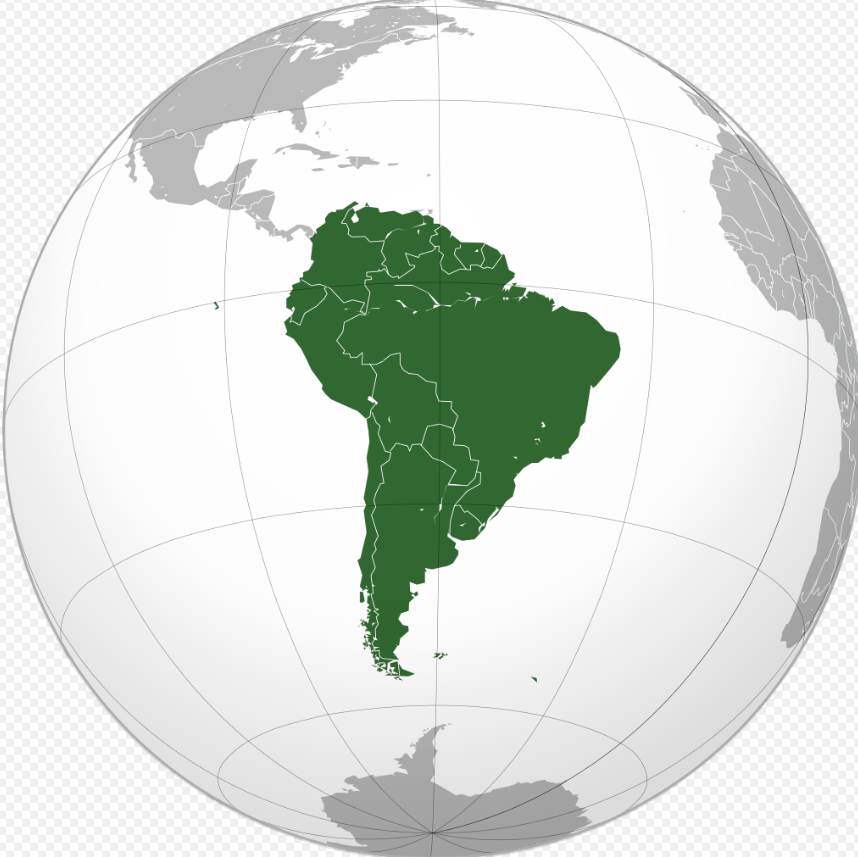Forgotten Currencies: The Stories Behind Obsolete Banknotes
Share
Forgotten Currencies: The Stories Behind Obsolete Banknotes
What Defunct Notes Reveal About Nations in Transition
While collectors often chase rarity and condition, some of the most fascinating banknotes are those that no longer circulate. Obsolete currencies offer a window into political shifts, economic collapses, and cultural transformations. Today, we explore the stories behind a few forgotten notes that still speak volumes.
🇩🇪 The German Papiermark – Inflation’s Ghost
Before the euro and even the Deutsche Mark, Germany grappled with hyperinflation in the early 1920s.
The Papiermark once printed denominations up to 100 trillion.
Banknotes became so worthless that children used them as toys or wallpaper.
These notes now serve as haunting reminders of economic instability and the fragility of monetary systems.
Collector Insight: Papiermarks are widely available but historically rich — ideal for educational collections or inflation-themed displays.
🇿🇼 Zimbabwe’s 100 Trillion Dollar Note – A Modern Icon
Issued in 2008, Zimbabwe’s 100 trillion dollar note became a global symbol of hyperinflation.
At its peak, the note couldn’t buy a loaf of bread.
Today, it’s one of the most sought-after modern collectibles.
It reflects the collapse of trust in fiat currency and the resilience of citizens during crisis.
Collector Insight: Despite its abundance, demand remains strong — especially for crisp, uncirculated examples.
🇷🇺 Soviet Rubles – Echoes of an Empire
The fall of the USSR in 1991 marked the end of the Soviet ruble, a currency that once unified 15 republics.
Designs featured Lenin, industrial scenes, and socialist symbolism.
After the collapse, each republic issued its own currency, making Soviet rubles obsolete overnight.
These notes now represent a vanished ideology and a pivotal moment in world history.
Collector Insight: Soviet rubles are popular among Cold War collectors and those interested in political transitions.
🏝️ Pacific Island Currencies – Independence in Ink
Several small island nations once used unique currencies before adopting larger systems.
Examples include the Cook Islands dollar and Tuvaluan dollar, often featuring local myths and marine life.
Many were phased out due to economic integration or logistical challenges.
Their designs remain among the most artistic and culturally rich in numismatics.
Collector Insight: These notes are prized for their vibrant artwork and storytelling — perfect for thematic collections.
✨ Final Thoughts
Obsolete banknotes aren’t just relics — they’re narratives. Each one tells a story of change, resilience, and identity. For collectors, they offer more than monetary value; they offer perspective. Whether you’re curating a historical timeline or exploring cultural transitions, forgotten currencies deserve a place in your collection.





